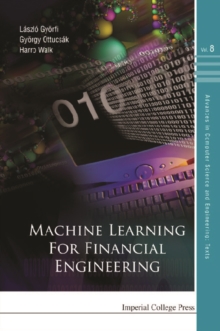
Residue Number Systems: Theory And Implementation PDF
by Omondi Amos R Omondi, Premkumar A Benjamin Premkumar
Part of the Advances In Computer Science And Engineering: Texts series
Description
Residue number systems (RNSs) and arithmetic are useful for several reasons. First, a great deal of computing now takes place in embedded processors, such as those found in mobile devices, for which high speed and low-power consumption are critical; the absence of carry propagation facilitates the realization of high-speed, low-power arithmetic. Second, computer chips are now getting to be so dense that full testing will no longer be possible; so fault tolerance and the general area of computational integrity have become more important. RNSs are extremely good for applications such as digital signal processing, communications engineering, computer security (cryptography), image processing, speech processing, and transforms, all of which are extremely important in computing today.This book provides an up-to-date account of RNSs and arithmetic. It covers the underlying mathematical concepts of RNSs; the conversion between conventional number systems and RNSs; the implementation of arithmetic operations; various related applications are also introduced. In addition, numerous detailed examples and analysis of different implementations are provided.
Information
-
Download - Immediately Available
- Format:PDF
- Pages:312 pages
- Publisher:World Scientific Publishing Company
- Publication Date:10/09/2007
- Category:
- ISBN:9781908979117
Information
-
Download - Immediately Available
- Format:PDF
- Pages:312 pages
- Publisher:World Scientific Publishing Company
- Publication Date:10/09/2007
- Category:
- ISBN:9781908979117










